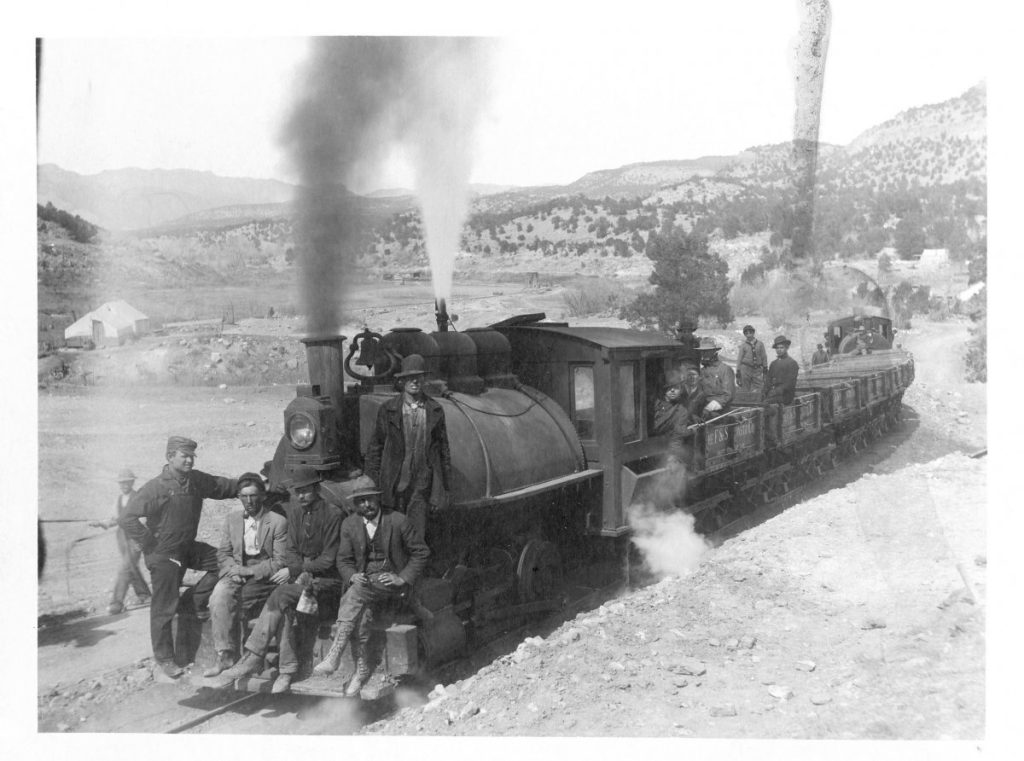The saga of Florence started in 1870 with the arrival of the great railroads heading West. The first trains hauled coal from the coal stamps of Rockvale and Coal Creek. In 1874 Florence consisted of an orchard, a couple of stores, and a small railroad depot.
In 1881 oil was discovered and Florence boomed as wells were drilled and fields developed. In 1887 the town incorporated with a population of 450 and the first brick building on Main Street was also built that year. By 1890, with 50 oil wells producing, 60 new homes and many new businesses appeared.
In 1890 gold was discovered in Cripple Creek north of Florence. By 1892 Florence’s Fathers built a road to the gold mines that hauled the miners in and hauled the ore out. On July 4, 1894 a narrow gauge railroad opened up Phantom Canyon to bring down the riches from the mines to the railhead in Florence. This was to become known as the famous Gold Belt Line.
By 1898 Florence entrepreneurs had built 8 reduction mills to process the gold ore which stood beside 7 oil refineries and 5 brick factories. These local industries were soon joined by the Ideal Cement Plant. Florence was enjoying its finest hour as a western boom town.
By the turn of the century ore production slowed down and oil recovery became too expensive.
The processing and refinery business rusted away and little signs of their presence can be found today. Florence still boasts to be the second oldest oil producing field in the United States and is presently seeing new oil development projects. Ideal Cement, now Holcim, is one of the largest and most modern cement plants in the world.
Agriculture has always played an important part in Florence’s past and present. Many historical ranches still run cattle and hay production is high. There are two commercial dairies and a few orchards and truck farms left in operation.
The buildings on main street and some homes along the wooded streets stand just as they did during the old boom days. They reflect the character and western charm of this ‘Great Little Town’.
Highway 50 used to follow the Arkansas River and run through Florence. It was the main route for travelers and freight. In the 1960s it was relocated to run straight east from Canon City to Pueblo, bypassing Florence to the north. Local businesses suffered and dried up. By the 1980s main street looked like a ghost town. Taking advantage of the low rent a second hand / antique store opened up. By the 1990s there were several shops open and the new boom was on.
A visit to the Price Pioneer Museum offers an authentic look back into the area’s history with the display of the pieces and parts that put it all together.

